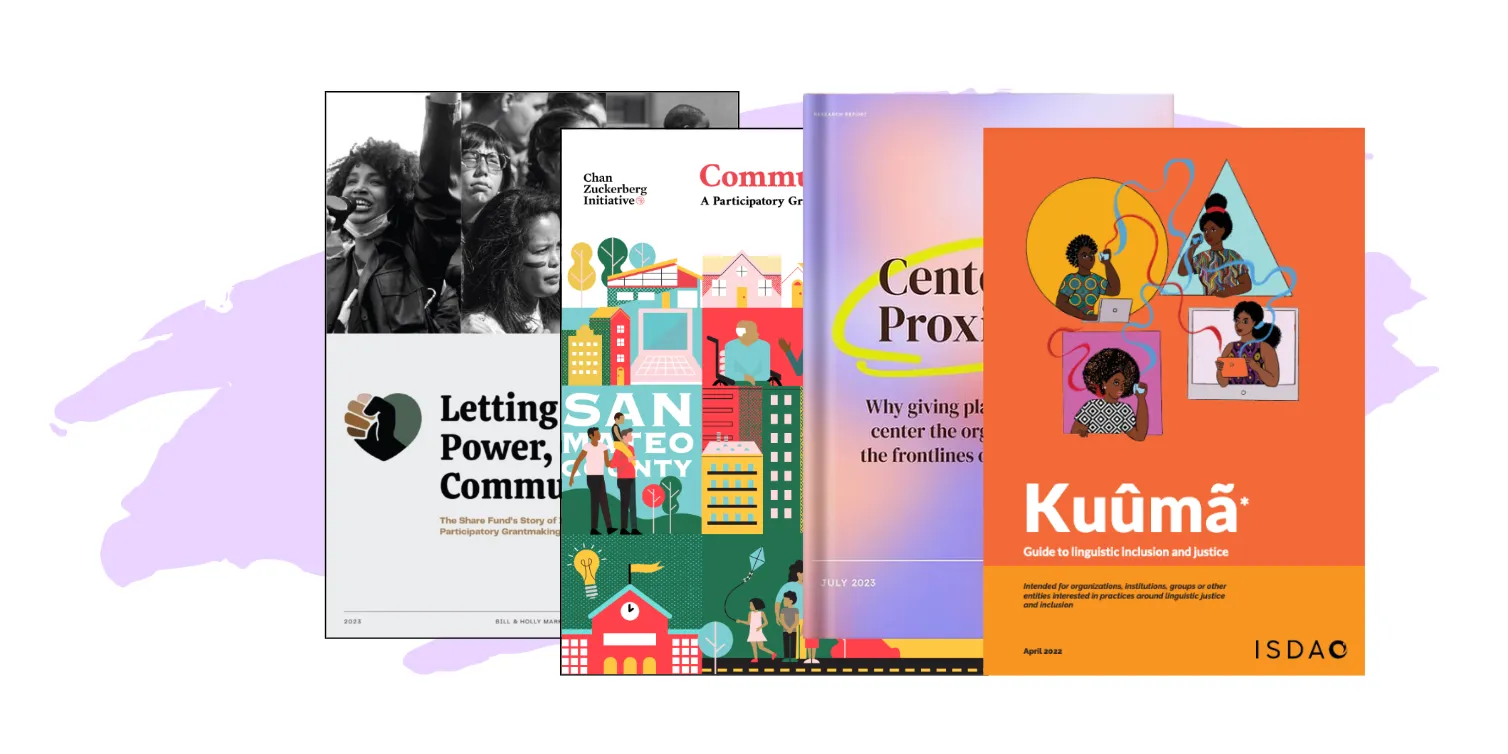Flow funding is a decentralized philanthropic model, created by Marion Weber, to bypass the traditional bureaucracy-dominated methods of giving grants.
Kindle Project, an “outside-the-box” grantmaker that has been a home for creative and experimental grantmaking methods for more than a decade, has used flow funding in recent years for a variety of their programs. In 2020, Kindle formed a new flow funding circle, called the Indigenous Women’s Flow Fund (IWFF).
The IWFF Women’s Cohort is a multi-generational circle of women representing five different tribes: Ho-Chunk, Diné/Tsétsêhéstâhese, Isaŋti Dakota, Raramuri, and Northern Arapaho. The women, who prefer to remain anonymous, come together to decide how to distribute funds to grassroots groups serving vital frontline roles in Indigenous communities.
Kindle recently released a report detailing the results of the project after four years. The cohort has given away a total of $1.84 million to 78 Indigenous grantees across the United States. We spoke with Arianne Shaffer to learn more about the fund’s history, culture, and what they’ve learned from their work in flow funding.
Kindle Project has many programs. One of them, the Indigenous Women’s Flow Fund, has recently completed its fourth year. Can you tell us about it?
Before the program even began, we spent a year and a half in deep consultation with Indigenous communities. We wanted to go about it with a lot of intention, care, and consultation. We don’t have an Indigenous person on staff at Kindle Project, but we consulted with many people from various Indigenous communities who worked with us to shape the program.
We think about this work as an ecosystem. There’s the cohort of five Indigenous women. Sharon Lungo, who’s our facilitator for the cohort, does a beautiful job. Then there’s the Kindle Project team, the grantee recipients, and finally the donor cohort — those are donors to the program who want to be involved in a peer learning exchange throughout.
Do all Kindle Project programs utilize flow funding?
In the past year we’ve run twelve programs; most of them have participatory decision-making at their core on some level or another.
We do have a lot of flow funds. We just wrapped a six-year place-based flow funding program in New Mexico that was focused on gender justice, called Slow Fuse. We also recently started a new one called New Standard Fund, a place-based fund focused on Virginia. That is Black, Indigenous, and people of color flow-funders making decisions over where money will go in their communities in the state.
We also use different kinds of participatory decision-making processes. We had an open call last year for a program called Crossing Divides that focused on Nebraska, Mississippi, and Arizona, focused around how people are crossing political and cultural divides; the selection panel came from members of the community as well as our team.
While we do a lot of flow funding, it's not the only thing we do, and we also don't think it's the only way. It's not a cookie-cutter thing. Money should move. We definitely believe that. Let's move money out into communities. This is just one method that we have deep experience in, that we see as being effective and beautiful.
A double-pronged question: What are the benefits that you all see in flow-funding? And what challenges do you see?
When you're using flow funding, you can reach areas, groups, people, projects, and solutions that you would never have known about. As a program officer or a funder or donor, we can only reach so far, right?
A good example is Slow Fuse, our flow fund based in New Mexico. Kindle Project has existed in New Mexico for years; we have deep roots and experience there. But those flow funders found projects that even we had never heard of. So we are always interested in asking: who is unseen from mainstream philanthropy? Where can it not reach?
Another benefit is that it empowers community members to make decisions for themselves about where resources should go. I'm always like, it's not that complicated. Why is someone else deciding what the community needs for itself?
Especially someone who’s not involved in the community.
Especially someone who’s not involved. How am I going to tell you, Kevin, what Detroit needs? Because I work at a foundation? That’s silly. So a big benefit is self-determination, autonomy, and decision-making for trusting your wisdom as a community member to know where resources should flow. We see that a lot with the IWFF.
We also believe that the process is an end unto itself. Having had the benefit of facilitating many of these cohorts, I’ve seen that flow funding can heal something in a group. There's a lot of historical trauma around how money moves to communities. So, being able to witness, and be witnessed for your leadership in the community — even if you're not a big-name leader, you're a person doing incredible work, and you're being given the opportunity to make that decision — we get the feedback that it can be quite empowering.
As far as some of the challenges: honestly, fundraising can be a challenge. There's a lot of critique of the amount of time that participatory grantmaking takes, which I understand, so that can be challenging to fundraise for. We're excited about and hopeful that more donors and foundations will get excited about this model, and be encouraged to move big money in that way.
I also think there can be a challenge for community members. There's a reason why they're anonymous, and we're protective of that. Because it can create dynamics within communities once you have access to resources.
I think it can also be challenging for those who might have that self-determination present as they’re making these decisions, but they’re also in the community, experiencing challenges in their community. That can be a lot.
Again, that’s where the group wisdom can come in. That’s why we work in cohorts. We don’t want flow funders to experience a lot of the difficulties that donors do — which is often isolation, guilt, and confusion, because it is a lot of power and pressure to make decisions over money. We facilitate a cohort model so that there can be a peer support element to it.

Grassroots grantmaking can still require proposals and applications. I wanted to know if your fund requires those, or if you’re empowering them to bypass that and say, “Here is who it goes to”?
With the Indigenous Women's Flow Fund, they are empowered to make those decisions for themselves about where the money goes. There are no applications. We do ask on the Kindle Project side of things for reports for any grant over $5,000, and they’re very simple reports — as a way to just be in communication. That’s the admin, that's it. But there's no proposal.
But, in any flow funding cohort that we've had, we've never had applications; we've never had a group say that they want people to apply. The reason why that works is because they have proximity to community. There’s already trust. They can ask someone else, “Hey, have you heard about this group? What are they up to? They don't have a social media account, but I've seen them out in the streets. They seem like they're doing great work.” That's often how they do their research or their due diligence.
I notice that spirituality, tradition, alignment with nature, and culture are important to your approach. For yourself, what role, if any, do you believe our cultural rituals should play in the work we do?
Well, I think that needs to be up to every person individually; how much of yourself you want to bring in. At Kindle Project, in the spaces we facilitate, you are welcome to bring your whole self to these experiences. Sometimes that looks messy; sometimes it's grieving; sometimes it's joy. It's all the different things.
In the case of the Indigenous Women's Flow Fund, they had that invitation and that was also just naturally what occurred for them: that they were going to create the culture of their group based on their own Indigenous lives.
I’ve noticed that each cohort kind of has its own culture, even if it's a cross-cultural group. With the New Standard Fund, we have an advisor named Brandon King, who is an artist from Virginia. He opened our space today by inviting all of us to welcome in our ancestors. Some might call that spiritual, some might call it cultural.
What we're trying to help people do is get deeper access to themselves. In the first year of our flow funding programs, cohort members usually make decisions independently, while still working in a group context. In the second year, we like to take people through collective decision-making, which means they’re using consensus. You have to know about yourself if you're going to enter a consensus process.
I think the bigger question of, “How much of someone's heart and person should they bring to work?” is hotly debated. There's a whole bunch of people who say, “Work is work, and I don't need to talk to you about my personal life,” and others who feel, “If you don't bring your heart to work, I can't connect and then how can we make movements?”
That plays into our psychology and our decision-making as donors, as intermediaries, as flow funders. We encourage the groups that we work with to go there. It’s not always comfortable, but ultimately, we've seen that it's supportive.
I’d love to know more about Arianne Shaffer. As a person for whom storytelling is an important art, how does that relate to your work? What role do you think storytelling, as an art form, plays in philanthropy and systems change as a larger element?
My background was in interfaith dialogue, chaplaincy, and documentary filmmaking, but also the nonprofit sector. About 20 years ago, I was in graduate school at the United Nations University for Peace in Costa Rica. That’s where I met Sadaf, who’s the co-founder and executive director of Kindle Project, and we became dear, fast friends. That was about 15 years ago, I came on about 14 years ago, and I’ve worked with them in some way or another for the past dozen years.
The kind of storytelling I do is about telling the truth. For whatever reason, the way I'm built, I can sometimes tell the truth more easily with a microphone in front of 100 people than I can one-on-one. I don't know why. But, what I’ve learned is when you tell the truth about something from your life, even if you think it's minor or not interesting, it gives permission for other people to also tell the truth. Vulnerability makes more vulnerability.
I'm interested in truth-telling to actually be able to change the system, and that happens in all kinds of ways. I think the way it relates to philanthropy is, what would it look like if we told more true stories, and listened for true stories?
When you think about our traditional models of reporting and applications, we are like a dog-and-pony show all the time. You’ve got to dress up and be pretty in the way the person with the money wants you to be pretty. If I use that sort of faulty metaphor, beauty standards being silly anyway, what is happening? Why wouldn't you want to know what's truly happening for a community or an organization; what is challenging; what is joyful?
What true storytelling and the capacity to actively listen can do is meet each other. Which also goes for funders and donors. Are we telling the truth about what is challenging and beautiful in our work, even in a flawed system? I'm not sure.
I think that the storytelling piece serves to inspire, for me, at least the encouragement of being uncomfortable, long enough to get through that discomfort to see what's there, and where the connection can lay.




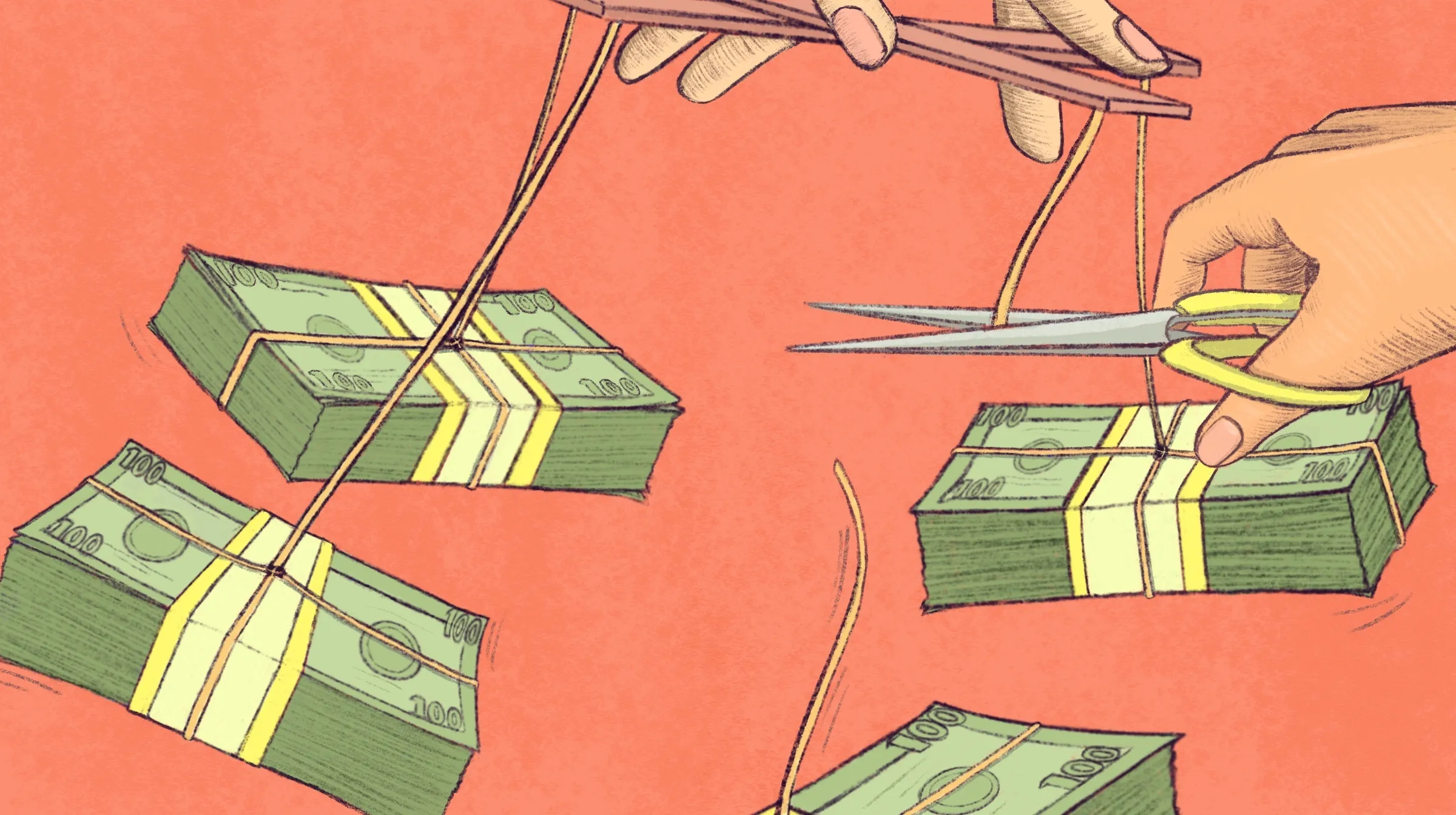
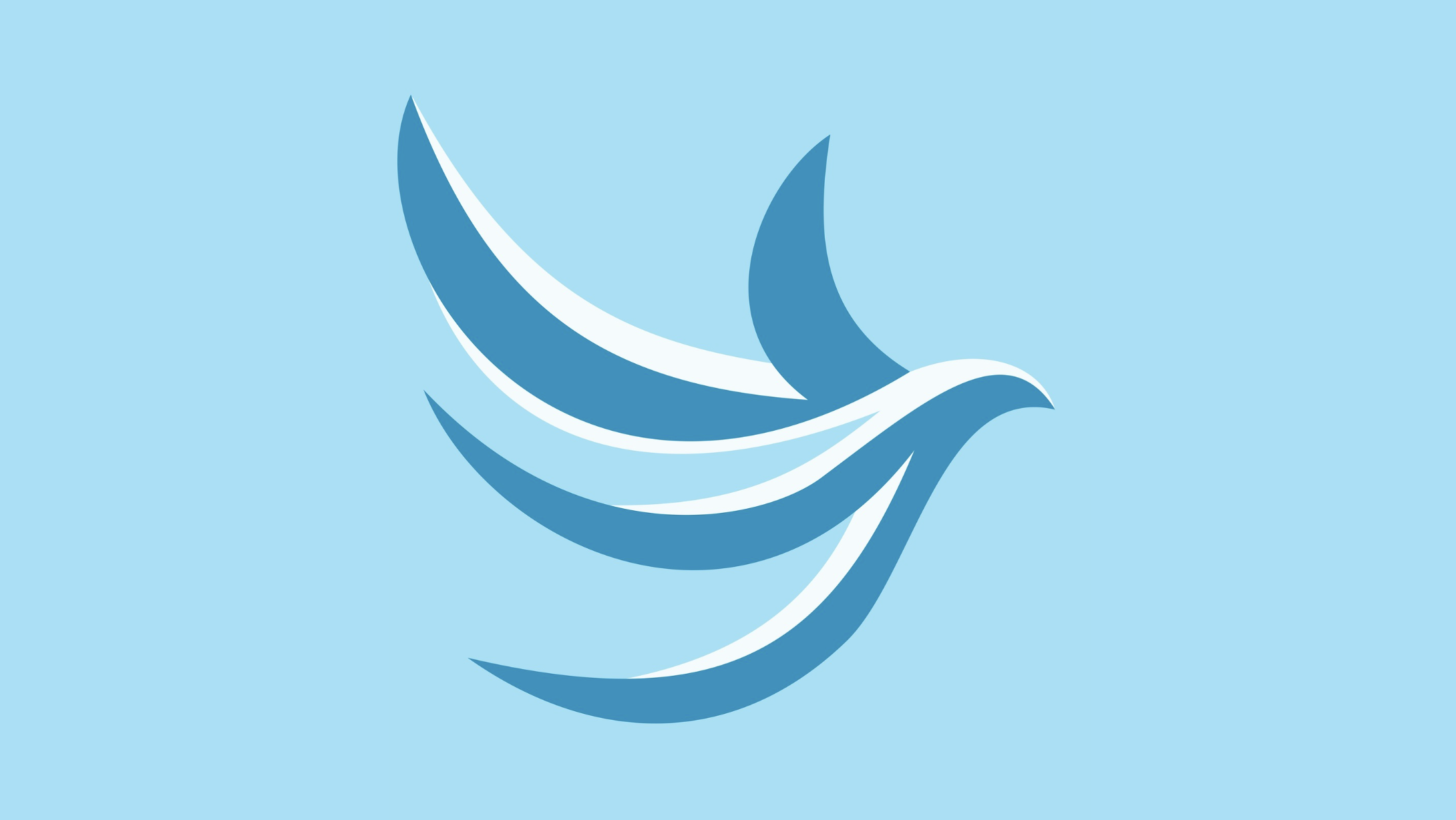

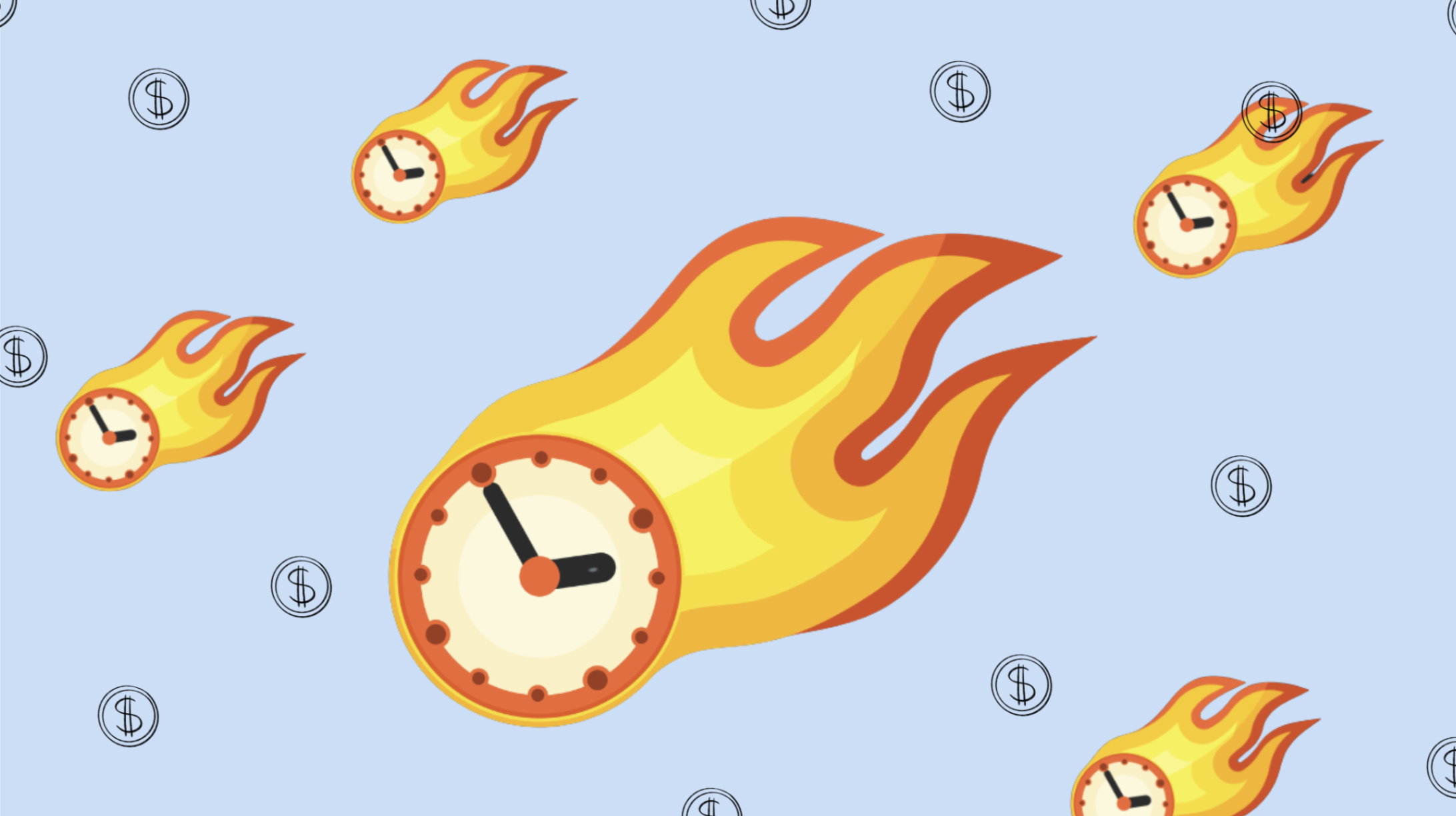
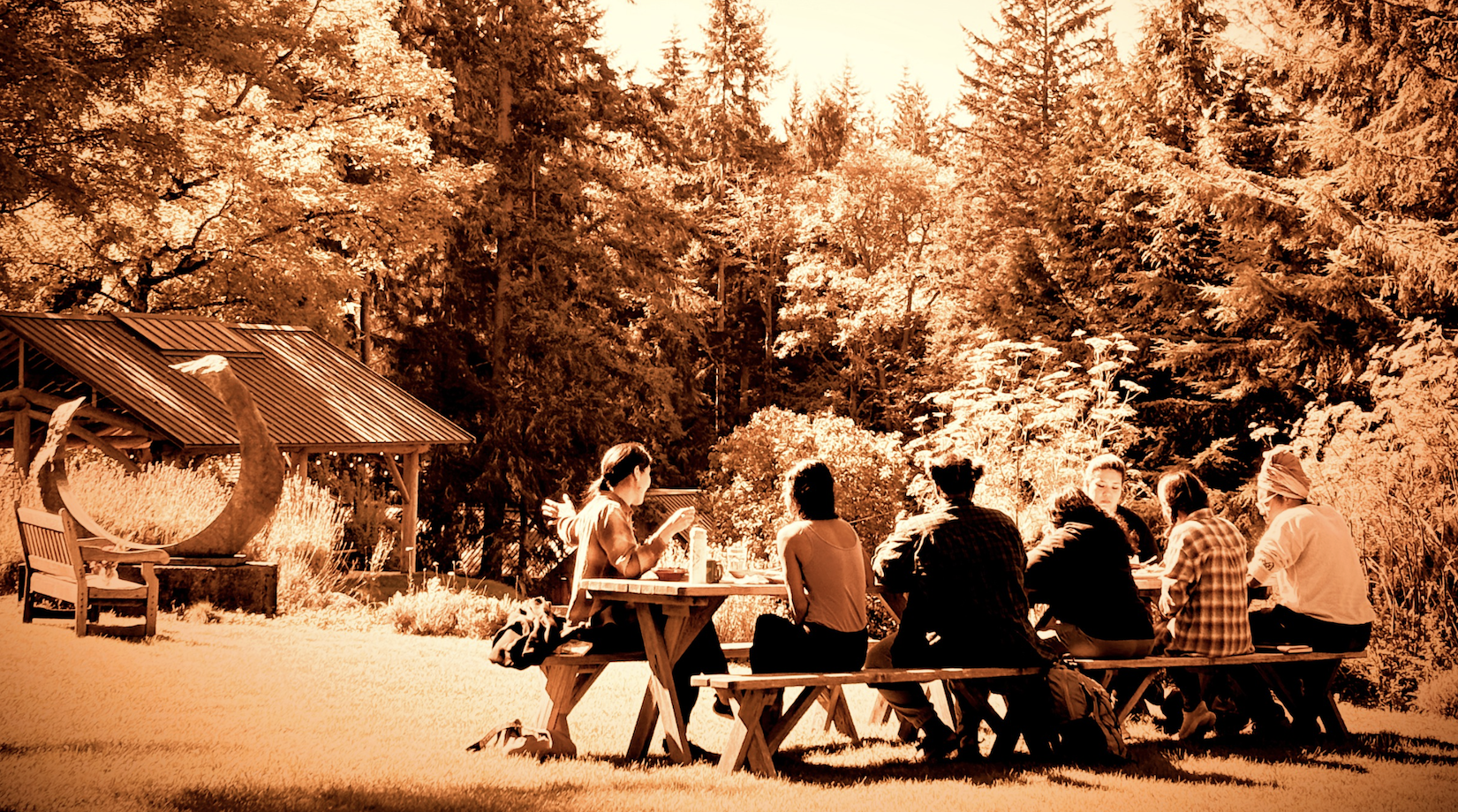
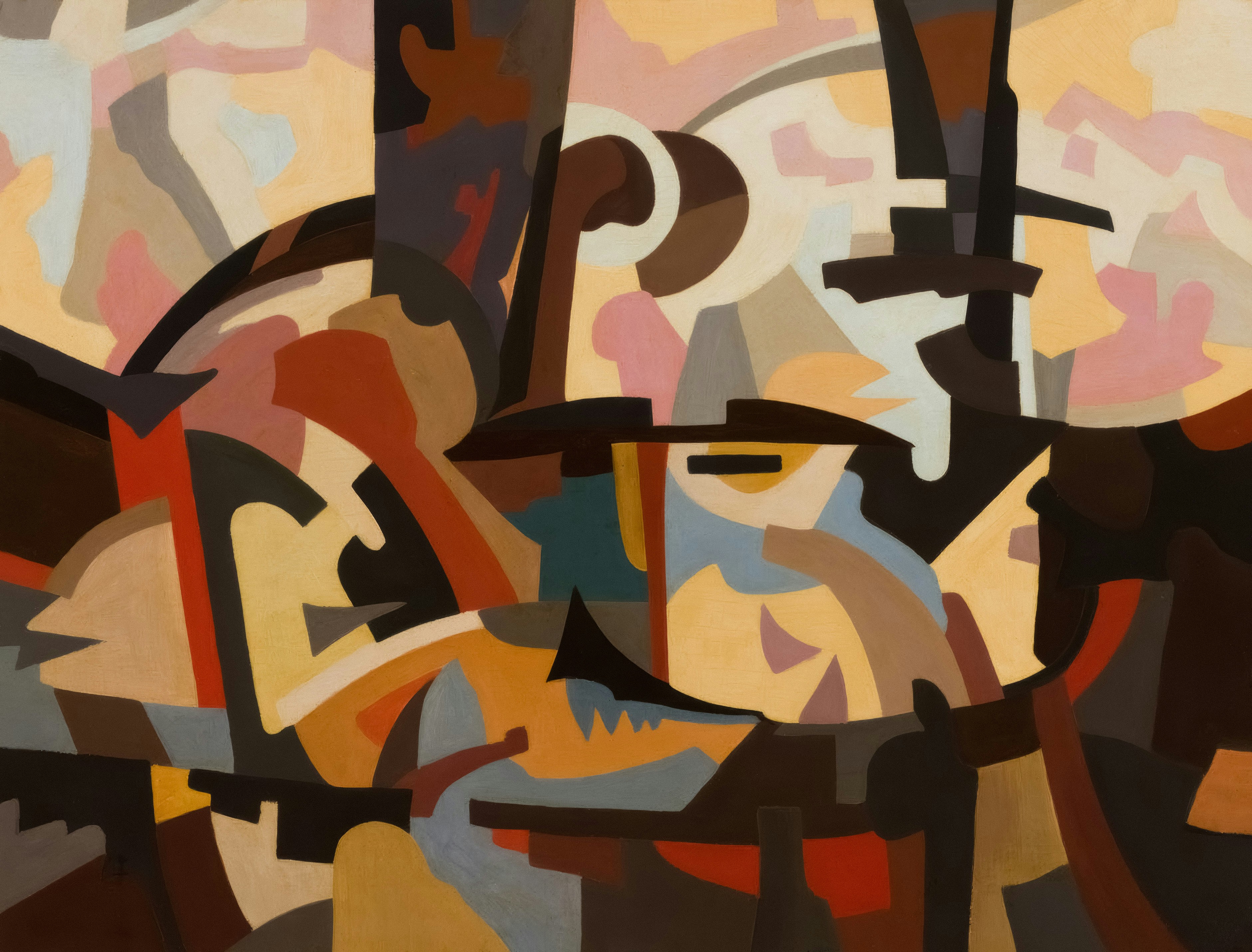

.webp)

.webp)
%20(1280%20x%20720%20px)%20(41)%202.webp)
%20(1280%20x%20720%20px)%20(38).webp)
%20(1280%20x%20720%20px)%20(31).png)


%20(1280%20x%20720%20px).webp)











.webp)






.webp)
.gif)

.webp)

.gif)






